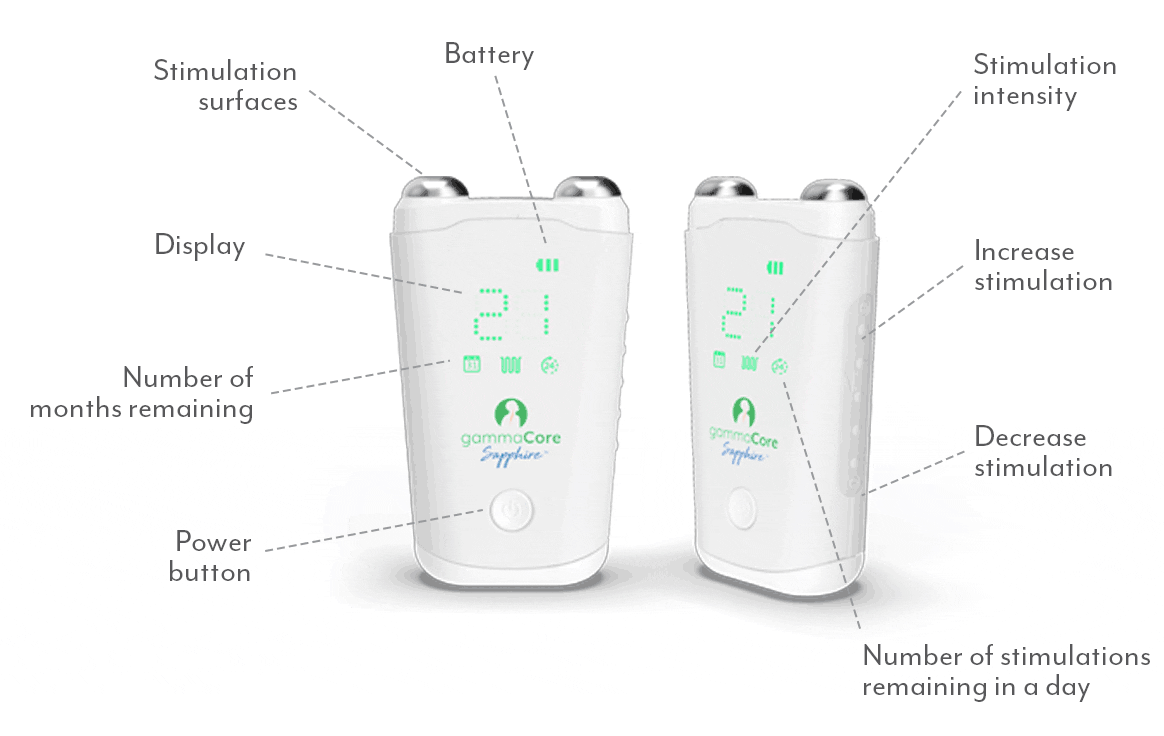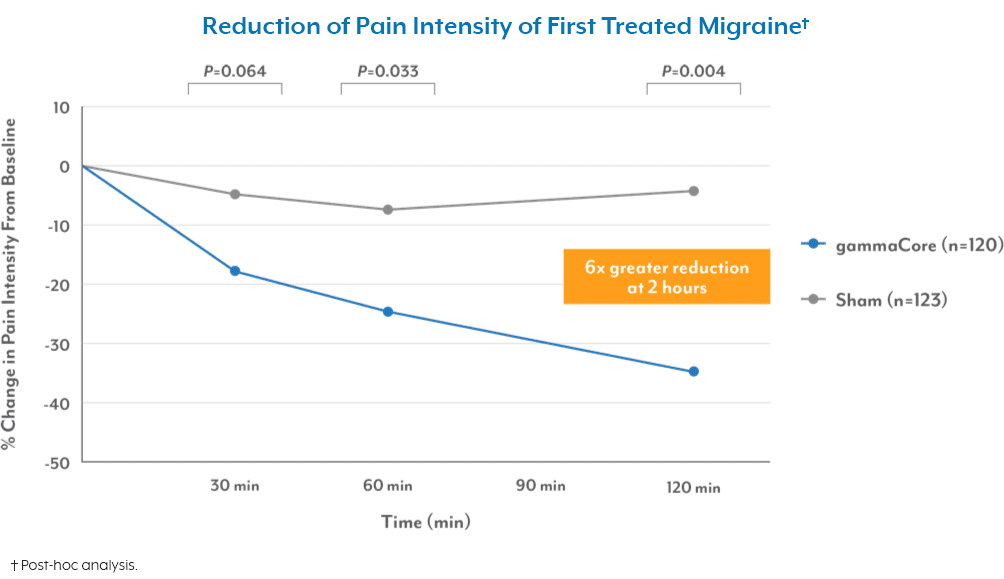Answers to military & veterans questions about migraine & cluster headache
Here are some answers to questions you may have
Q. What is a migraine?
A. Migraine is a neurological disorder typically featuring pain on one side of the head, and is often associated with other symptoms such as aura (flashes of light/disrupted vision), nausea and vomiting and sensitivity to light, sound, smell and touch. When a migraine strikes, it’s not only painful, it affects all aspects of your life. Migraines can strike several times a month and last up to 72 hours if untreated.
Q. What is a cluster headache?
A. Cluster headache has been called one of the most painful conditions known to mankind. Sufferers typically experience a severe stabbing pain on one side of the face, usually centered over one eye, one temple, or forehead. The pain is often experienced at a similar time each day, sufferers can have between three and eight attacks per day. Then pain usually reaches full intensity rapidly and can last from 15 minutes to 180 minutes. A blocked or runny nose, drooping eyelid, or tearing canalso be experienced with an attack.
Patients can suffer from episodic or chronic cluster headaches. Episodic cluster headaches have alternating periods with or without attacks; chronic cluster headaches normally occurs for 1 year or longer without remission or with remission periods lasting less than 3 months.
Q. Why is migraine headache so common in military personnel and veterans?
A. About 15% of adults have migraine, but military personnel and veterans suffer at a higher rate due to additional risk factors. One of the most important is exposure to trauma faced by warriors. Studies show that exposure to combat and traumatic brain injuries increase the risk of migraine and other headaches in both active duty personnel and veterans, and these headaches can endure for many years afterwards.1,2,3,4
Your Veterans Affairs doctor can answer other questions and prescribe gammaCore. Contact a VA doctor today to ask if gammaCore is right for you.
{“@context”:”https://schema.org”,”@type”:”FAQPage”,”mainEntity”:[{“@type”:”Question”,”name”:”What is a migraine?”,”acceptedAnswer”:{“@type”:”Answer”,”text”:”Migraine is a neurological disorder typically featuring pain on one side of the head, and is often associated with other symptoms such as aura (flashes of light/disrupted vision), nausea and vomiting and sensitivity to light, sound, smell and touch. When a migraine strikes, it’s not only painful, it affects all aspects of your life. Migraines can strike several times a month and last up to 72 hours if untreated.”}},{“@type”:”Question”,”name”:”What is a cluster headache?”,”acceptedAnswer”:{“@type”:”Answer”,”text”:”Cluster headache has been called one of the most painful conditions known to mankind. Sufferers typically experience a severe stabbing pain on one side of the face, usually centered over one eye, one temple, or forehead. The pain is often experienced at a similar time each day, sufferers can have between three and eight attacks per day. Then pain usually reaches full intensity rapidly and can last from 15 minutes to 180 minutes. A blocked or runny nose, drooping eyelid, or tearing canalso be experienced with an attack.\n\nPatients can suffer from episodic or chronic cluster headaches. Episodic cluster headaches have alternating periods with or without attacks; chronic cluster headaches normally occurs for 1 year or longer without remission or with remission periods lasting less than 3 months.”}},{“@type”:”Question”,”name”:”Why is migraine headache so common in military personnel and veterans?”,”acceptedAnswer”:{“@type”:”Answer”,”text”:”About 15% of adults have migraine, but military personnel and veterans suffer at a higher rate due to additional risk factors. One of the most important is exposure to trauma faced by warriors. Studies show that exposure to combat and traumatic brain injuries increase the risk of migraine and other headaches in both active duty personnel and veterans, and these headaches can endure for many years afterwards.1,2,3,4″}}]}
References:
1. MedPub, Headache Prevalence at 4-11 Years After Deployment-Related Traumatic Brain Injury in Veterans of Iraq and Afghanistan Wars and Comparison to Controls: A Matched Case-Controlled Study. Headache. 2016 Jun;56(6):1004-21. doi: 10.1111/head.12837. Epub 2016 May 30. Couch JR, Stewart KE
2. Headache, 2011 American Headache Society Prevalence and Treatment of Headaches in Veterans With MildTraumatic Brain Injury head_1946 1112..1121Vijaya K. Patil, MD; Justin R. St. Andre, MA; Elena Crisan, MD; Bridget M. Smith, PhD; Charlesnika T. Evans, MPH, PhD; Monica L. Steiner, MD; Theresa L. Pape, Ph.D., MA
3. Medical Surveillance Monthly Report, Increasing Severity of Traumatic Brain Injury Is Associated with an Increased Risk of Subsequent Headache or Migraine: A Retrospective Cohort Study of U.S. Active Duty Service Members, 2006–2015, July 2016 Vol. 23 No. 7, Vincent P. Beswick-Escanlar, MD, MPH(LCdr, Royal Canadian Medical Service); Terrence Lee, Ph.D., MPH; Zheng Hu, MS; Leslie L. Clark, Ph.D., MS
4. The Journal of Headache and Pain, 2013, Jan 10, Migraine: the seventh disable, Timothy J. Steiner, Lara J. Stovner and Gretchen L Birbeck






